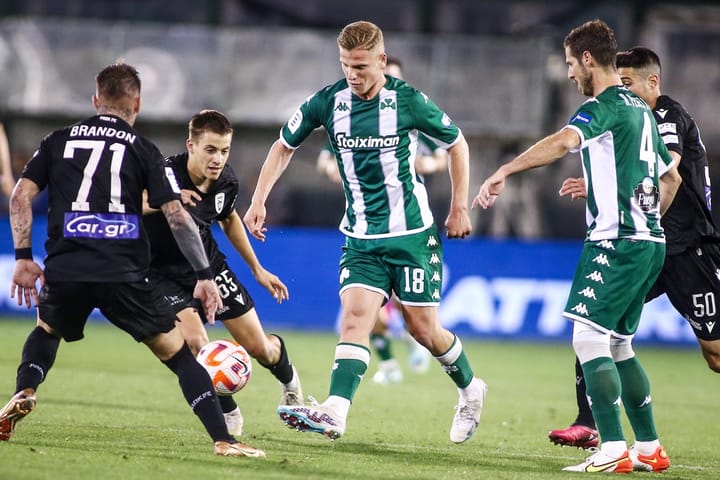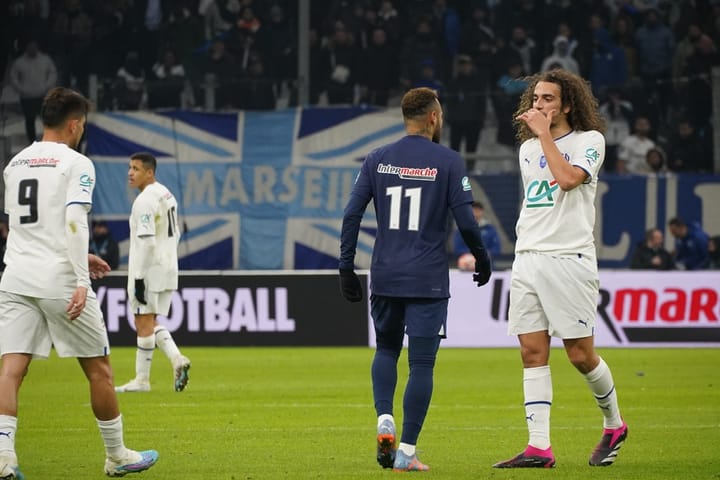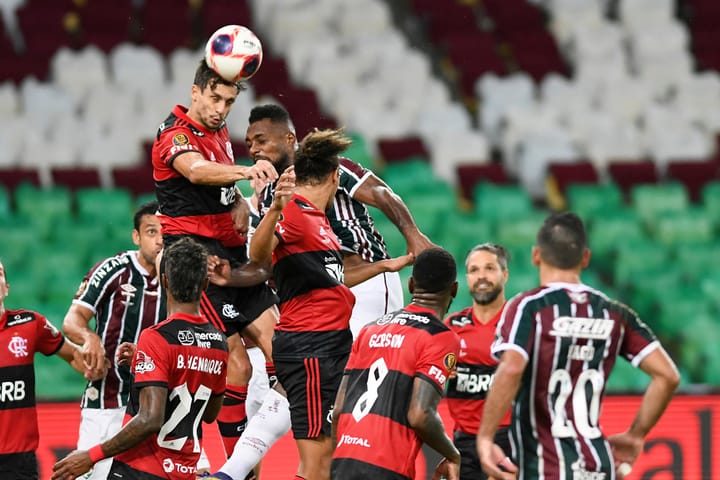Iceland's soccer army is dancing on hard-rocked volcanoes
Icelandic soccer is a story about a stronghold. It is about an army on an armyless island. Huh?
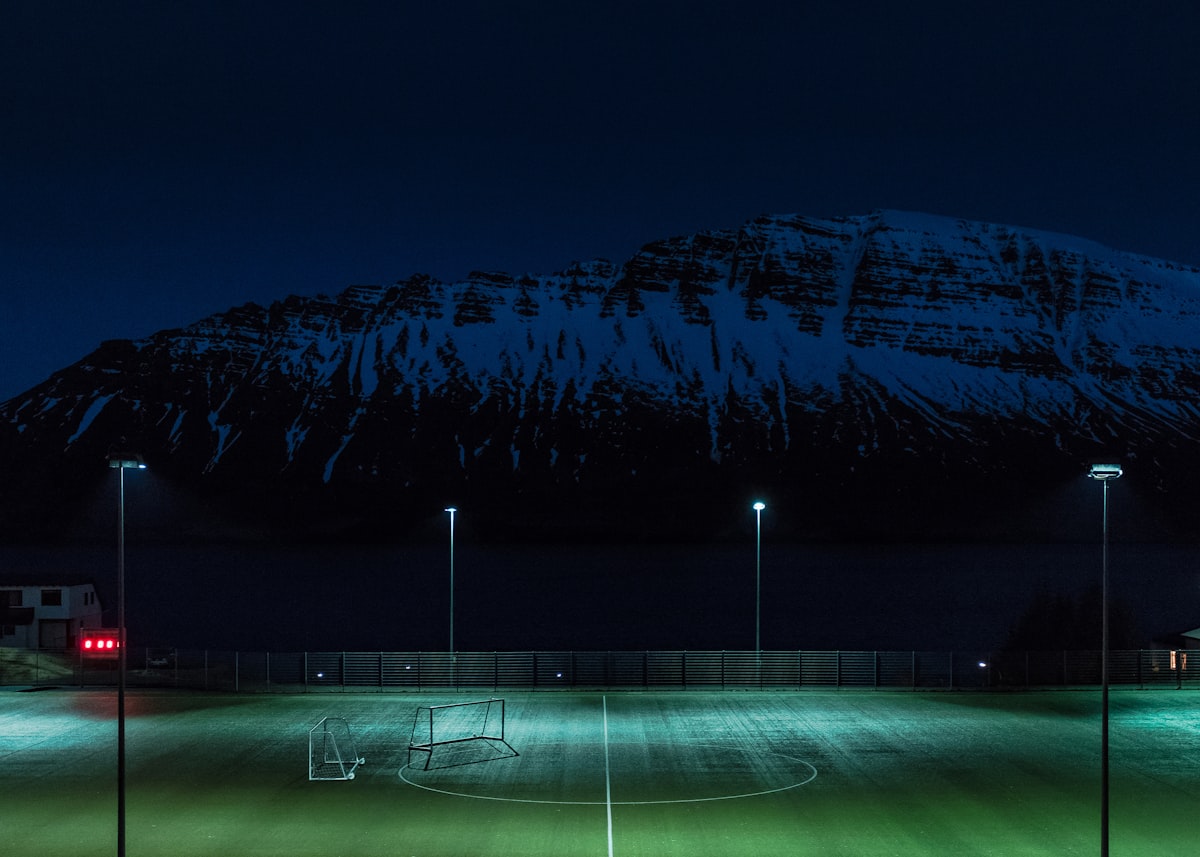
LATEST NEWS: THE VOLCANO NEAR THE VILLAGE OF GRINDAVIK ERUPTED JUST HOURS BEFORE WE PLANNED TO PUBLISH THIS STORY ABOUT ICELANDIC SOCCER.
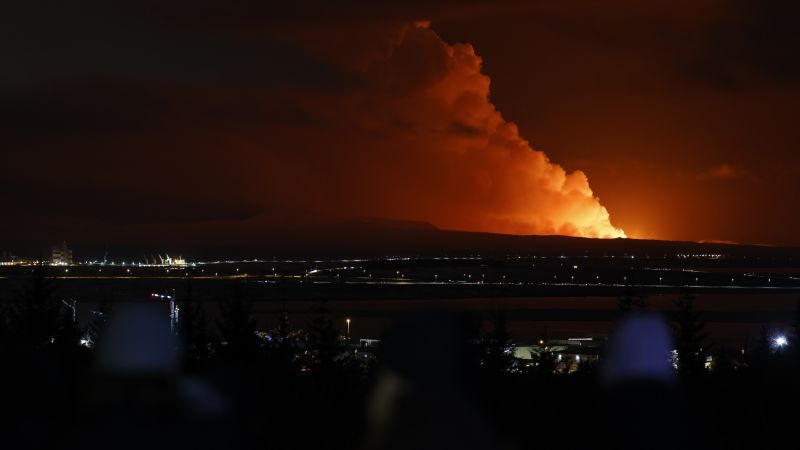
<the beginning of the story>
Icelandic soccer is a story about a stronghold. It is about an army on an armyless island.
Huh?
Listen to the rhythm of the Viking clap, the ritual that brought the country fame during Euro 2016.
Huh!
Huh!!!
But no matter how strong the foundation of soccer appears, nature is stronger. Talent, birth rates, and natural disasters fluctuate as much as this island's economy and soccer results.
Huh!!!!!!!
Good morning, dear Grindavík residents,
We at the Grindavík Soccer Department want to start by thanking all the good people who have lent Grindavík a helping hand in some way during these difficult times we are going through. It's priceless to feel warmth from all sides 💛💙
We have worked hard to figure out how to keep soccer life going for all our practitioners in some way because we find it extremely important for our practitioners and coaches to stay connected during these times.
It is great for the children to show up, even if it's only once or twice a week, to see their friends and enjoy doing what they love: playing soccer and standing together against the headwind. As Grindavík people, we know best that when the wind blows against us, our lines tighten even more, and we stand closely together in everything we do.
The obstacles in front of our doors will be overcome together in one way or another. Grindavík stands for the city's people, and as long as the people are safe, Grindavik lives.
Go Grindavík!!
Grindavík was the village evacuated in November '23 because a volcano threatened to erupt. The 4,000 people had to seek a safe haven. Boiling magma sought its way to the surface. The ground around the volcano became liquid, and the earth cracked open in the village. The fissure caused a lot of damage.
UMF Grindavík, founded in 1935 and competing in Úrvalsdeild, the highest Icelandic soccer division, did everything to keep the community together. The Facebook post I refer to above is an example of this. Despite the soccer club announcing a significant increase in membership fees a few weeks earlier, children were now allowed to play sports for free. Soccer proves to be a fantastic unifying force at such moments. However, the future of the fishing village itself remains uncertain. Many residents are still hesitant to return.
Iceland has 33 active volcano systems, the highest number in Europe. Towns have been hit many times. In 1973, a fissure erupted just 150 meters (yards) from the town center on the island of Heimaey, surprising locals at dawn. A third of homes were destroyed, and the 5,300 residents were evacuated. One person died.
For most, living around volcanoes comes with the territory. People understand the laws of nature, a humbling give-and-take that requires resilience and hard work. Soccer is one of the driving forces that keeps the nation together. Soccer is common ground. Being part of a club becomes one's identity. It's a way to express pride in one’s community and gives people a sense of belonging to something larger than themselves.
The Icelandic mentality in sports reflects a blend of confidence and ambition rooted in a strong (national) identity. The national team binds all inhabitants. Soccer is a voluntary army with no enemies abroad. Icelanders believe they can compete against anyone and may beat nations like England. It's their way of battling a friendly war.
When facing smaller nations, a loss is often met with surprise and introspection, questioning what went wrong. This reaction highlights their high expectations and belief in their own abilities, regardless of the size of their opponent. This mindset is not just about sports; it reflects the Icelandic spirit – resilient, proud, and community-oriented.
First-class training facilities
KSÍ, Iceland's Soccer Association, understood what was necessary for the country to play a role in soccer.
- First-class training facilities
- High level of coach education
- Good generation of players.
The board spent years contemplating constructing an indoor 'soccer house' before finally building one in Keflavík near the international airport in 2000. The impact was immediate. Players could train throughout the year, reaping the benefits of consistent practice and repetition. After the first facility was built, everyone recognized the potential of such infrastructures.
An indoor soccer house is precisely as it sounds: a full-sized heated soccer field enclosed by a dome, shielding it from harsh weather and volcanic eruptions. Following Keflavík's success, a boom in soccer house construction ensued, fueled by an unprecedented economic surge. Iceland's previously modest domestic banks became privatized, issuing bonds internationally and creating a colossal financial bubble. The country's stock market soared by 900% from 2002 to 2008; by 2007, banking assets were seven times Iceland's GDP. This influx of capital enabled KSÍ to fund numerous projects. There seemed to be an endless flow of money, and municipalities easily accessed loans.
Despite the 2008 global financial crisis, which slowed indoor stadium construction, the sport maintained its momentum with steady youth registration. Today, Iceland boasts 12 soccer houses. This will make Iceland the world leader in such facilities. The initial project expanded to over 100 outdoor artificial turf mini-pitches and 22 full-size, undersoil-heated artificial pitches.
These facilities, coupled with mini-pitches near schools, revolutionized grassroots soccer, fostering a culture of continuous play and skill development. Iceland's emphasis on small-sided games, like 5-a-side, enhanced technical skills and decision-making. Practices were organized into small groups focusing on 1v1 and 2v2 drills, mirroring the informal games played on local mini-pitches.
High level of coaching education
Another distinctive feature of Icelandic soccer is its professional coaching structure. Unlike many countries where volunteer coaches are common, Iceland requires coaches to be certified, ensuring quality training across all levels.
Iceland's inclusive approach means that every child has an opportunity to play, regardless of their skill level. This approach ensures no talent is overlooked, and local club play fosters a strong community spirit, reflected in the national team's camaraderie. Consequently, KSÍ enhanced its coaching standards.
Previously, parents with limited game knowledge mainly led youth soccer coaching. However, players returning from careers abroad, like Asgeír Sigurvinsson, introduced the idea that skilled youth coaching directly contributes to player success. By 2006, Iceland offered domestic Uefa A and B coaching licenses, attracting qualified coaches into the Icelandic club and academy system. The nation now has 184 Uefa A-qualified and 594 B-coaches, translating to one Uefa-qualified coach per 500 citizens. For perspective, England has about 5,000 Uefa B-qualified coaches for its 53 million population.
Good generation of players
Breidablik, a leading team in Iceland’s top league, exemplifies the benefits of KSÍ's infrastructure improvements. Its soccer house, constructed during the economic boom, is a large, robust structure with a Polytan field and seating for 2,000. Since its promotion to the Úrvalsdeild in 2005, Breidablik has won a league title and several Icelandic League Cups. The club is renowned for producing successful international players like Gylfi Sigurdsson and Jóhann Berg Gudmundsson.
Despite improvements in youth development, Icelandic players typically need to move to European clubs to fully realize their potential, reflecting the semi-professional nature of Iceland's league system. The national team predominantly plays abroad, comprising players nurtured in Iceland's system. Yet, they all share roots in the Icelandic club system.
Twenty years after KSÍ's developmental efforts began, Iceland produced its best generation of players, like Kolbein Sigurdsson and Alfred Finnbogason, a Grindávik native, who blossomed late into a Bundesliga player. However, the players' skills alone wouldn't suffice without the Icelandic ethos of dogleg, a concept emphasizing hard work.
A Culture of Motivation, Friendship and Teamwork
Factors such as mentality and culture are an important part of the journey. Vidar Halldórsson, a sociologist from the University of Iceland, argues in his book “Sport in Iceland: How Small Nations Achieve International Success” that cultural conditions are currently favorable to the Icelandic teams. He argues that while Icelandic sports are becoming more professional, they still build on valuable elements from amateurism, where the players somewhat approach competing for the national team as a playful joy rather than work.
Icelandic teams are built on intrinsic motivation, friendships, and strong teamwork. The Icelandic national teams further benefit from strong social capital, where the nation supports the national team at big events. National team games are not only sporting contests for the Icelanders but also important for national pride and the national identity of the tiny population. This kind of social capital motivates the players to show their best character when playing for the national team, resulting in teams that become something more than the sum of their parts.
When Iceland qualified for the 2018 World Cup, it turned heads worldwide. It became the smallest country ever to qualify: how could it stand toe-to-toe with soccer's giants? Their record speaks volumes: defeating England at the Euros 2016, drawing with Portugal, and holding Argentina to a draw at the World Cup 2018. Iceland's meteoric rise from 133rd to 23rd in global rankings was like watching an underdog triumph against all expectations.
The role of the Viking Clap
The World Cup qualification catapulted Iceland into the international spotlight. The nation embraced its newfound fame with unique cultural expressions. The Tólfan supporters group and their iconic Viking Clap, the part-time dentist and head coach sharing strategies in bars, and an exuberant commentator symbolized Iceland's vibrant soccer culture. An astounding 8% of the population attended the World Cup, and their TV viewership reached near-total saturation.
The Viking Clap even became a phenomenon in soccer culture. It has carved a unique place in the sport's fan culture, especially after its rise to fame during the Euro 2016. The chant, which involves a synchronized and escalating sequence of claps accompanied by a collective "huh" sound, is a spectacle to showcase support and solidarity at the end of the matches during the European Championship and the homecoming celebration of the national team.
The moments of international fame are deeply etched in the hearts of the islanders, yet they starkly contrast with the everyday reality on the island. Consider Hasteinsvollur Stadium, impressively nestled in a vast valley flanked by towering lava columns. This stadium is a landmark of the Vestmannaeyjar archipelago, celebrated for its volcanic terrain. Heimaey, the main island of this archipelago, rose to prominence after the 1973 Eldfell eruption. It's also the home of IBV (Íþróttabandalag Vestmannaeyja), a club with a rich heritage dating back to 1903.
Despite a rather small population, Heimaey has produced significant talents like Asgeir Sigurvinsson and Gudmundur Torfason. The island's remoteness and limited activities might contribute to its focus on soccer. Its soccer success is rooted in a survivalist mentality and a strong sense of community.
In soccer, Iceland is known as a nation that defies expectations, an achievement as impressive as the volcanoes that dominate its rugged landscape. Iceland's soccer journey, a small country with grand ambitions, reflects a deep connection to its national identity and an unwavering team spirit. This unique blend of talent, determination, and community ethos has put Iceland on the global football map. While Iceland's volcanoes serve as a constant reminder of nature's power and unpredictability, they also symbolize the unexpected and explosive rise of Icelandic soccer. It's a story of triumph against the odds, where a small nation consistently proves itself on the largest international stage. Iceland's success in soccer is more than a sporting achievement; it's evidence of what's possible with determination, unity, and the courage to dream, even when the odds seem stacked against you.



